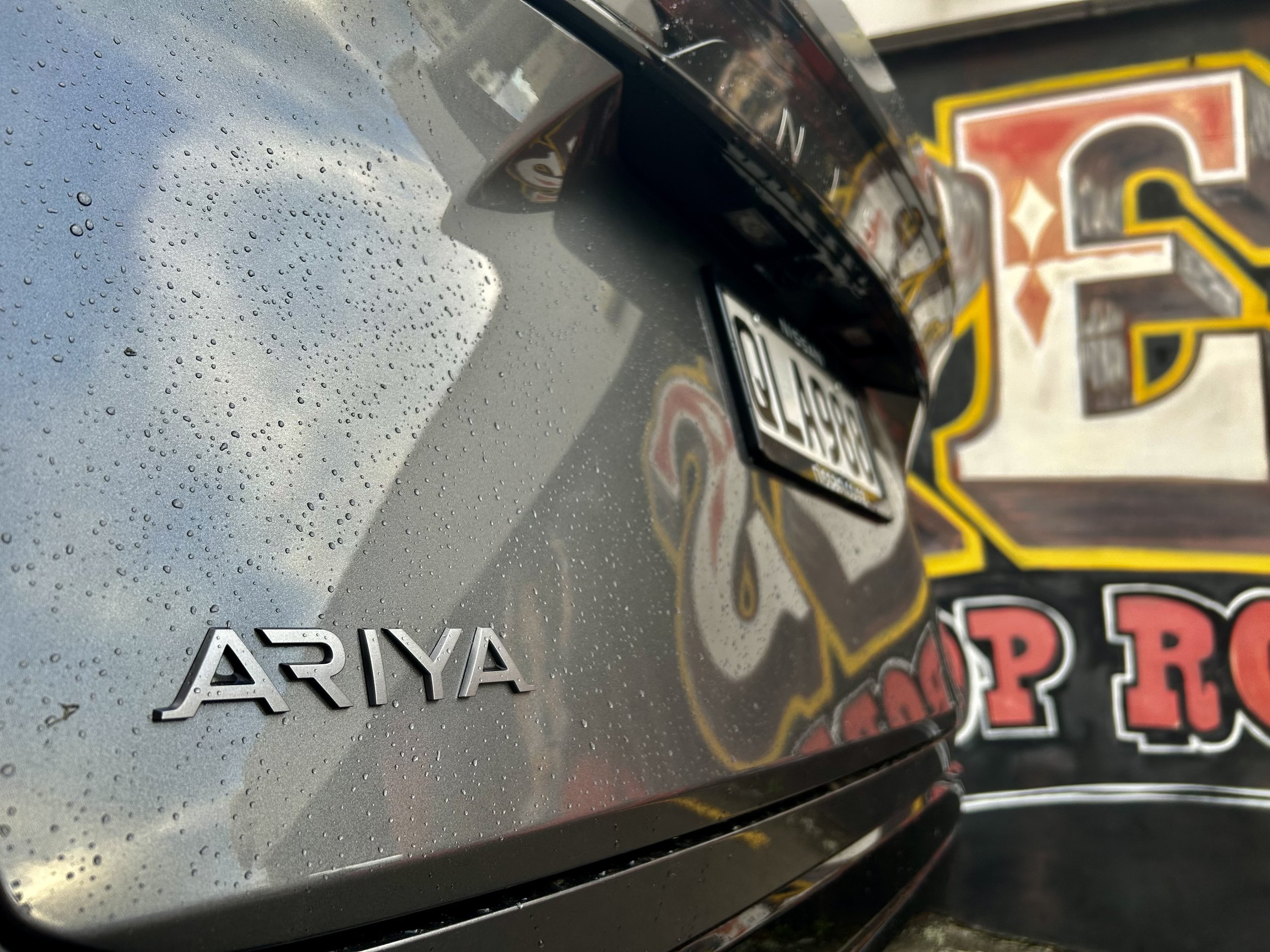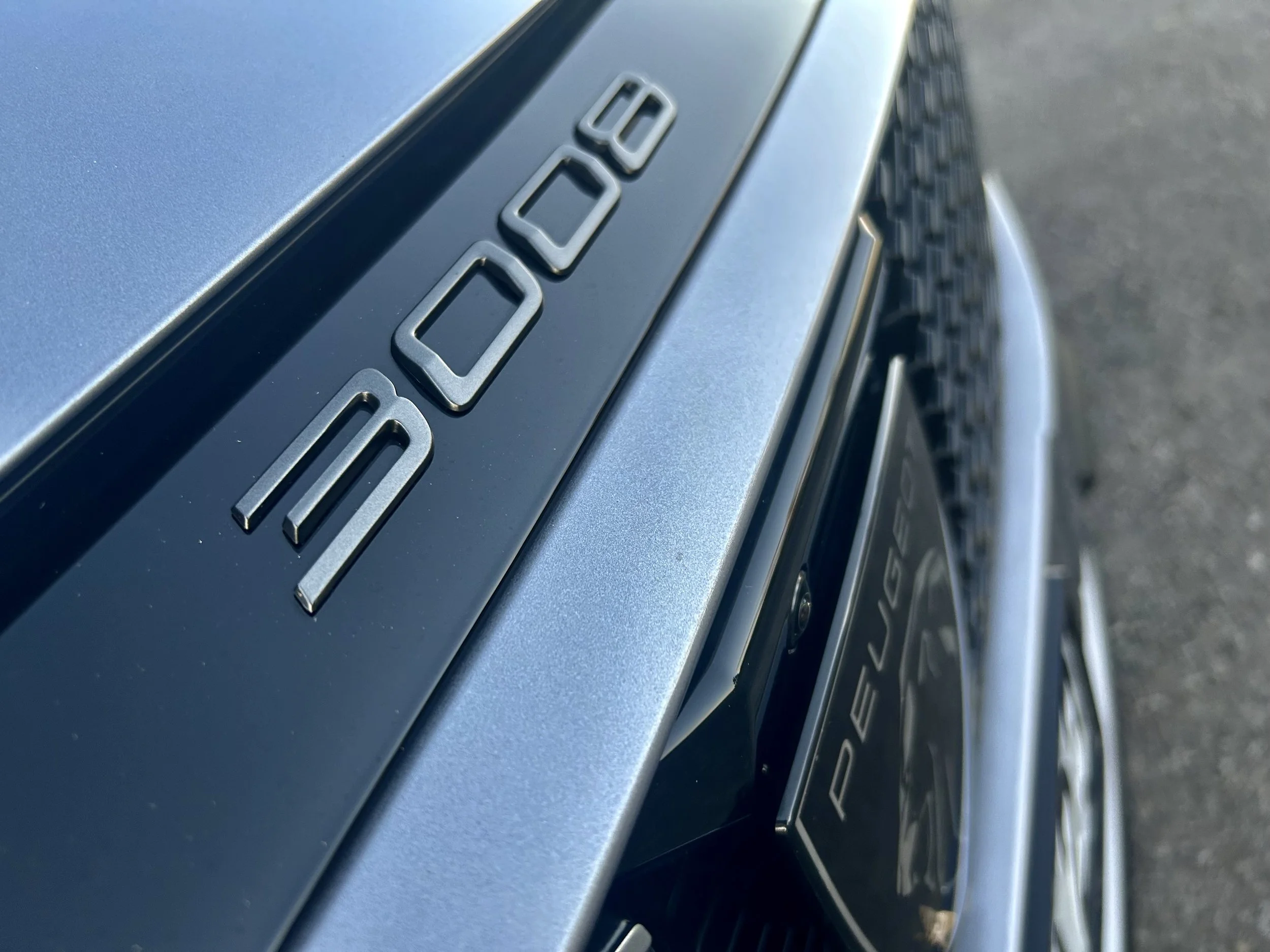Greater ANZAC spirit for Honda product push?
/Board-level ties and now a common approach to sales strategy will help cement mutual product plans for NZ and Australia.
FURTHER strengthening of a long-standing corporate tie between Honda’s operations in New Zealand and Australia could open the door to more mutually acceptable models, but Kiwis cannot expect return of a past star that keeps on selling across the Tasman.
Talk about more potentials for two operations which already work closely - not just on product planning but also behind the scenes, including NZ giving neighbourly advice on agency selling, a strategy that has been in place here since 2000 that has recently also effected in Australia - has been touched on in light of a board level announcement this week.
Carolyn McMahon having been appointed vice president of Honda Australia and also as a director of Honda New Zealand is a new development in a long standing arrangement of board level cross-involvements for both operations.
While each country’s daily management remains separate, the latest move will strengthen the working relationship they already have, Honda New Zealand’s chief operating office Peter Ashley has explained.
There is every potential, too, that in future the markets will look to how they can deliver product opportunities that suit both.
Conceivably, that could help both enter the electric car sector.
Honda has shown or launched seven electric cars in China, but has only launched a handful of models in other markets – and none have ever come to New Zealand as factory-represented products. A small volume of grey import examples of the now-discontinued Honda-E city car (below) are here, having been shipping in from the United Kingdom.
Honda New Zealand has been optimistic it can secure an EV within a few years, but has always been vague about which car it might be.
Australian executives recently backtracked on a 2028 launch ideal and are now promising to introduce a vehicle sooner, also without clarifying what that might be.
Two days ago Honda Japan announced plans to make seven new electric cars under the '0 Series' sub-brand, previewed by two concept cars (the sedan below) revealed in January. Production equivalents will roll out by the end of the decade.
It plans for 40 percent of its global new-car sales to be electric and hydrogen fuel-cell powered by 2030, before growing to 100 percent by 2040.
Chance of more common involvements improves now that Australia has, since 2022, adopted the agency sales system that Honda NZ has employed under the ‘price promise’ mantle for 24 years.
The agency model means showroom stock is owned by the distributor, rather than the retailer, and is a fixed-price structure. Honda was first NZ to do it, but others - including Toyota NZ and Mercedes Benz here - have since followed suit.
Both countries going to agency is a key tool for securing more model lines, Ashley suggests.
At present, New Zealand takes most of its product from Japan, whereas Honda Australia prefers to source some cars from Thailand, to leverage a national trade agreement.
Our tastes are close, but not uniformly common. For instance, NZ takes the Jazz small car, while Australia doesn’t.
However, that’s not to say they might not find more opportunities, Ashley says.
“There’s opportunity for sourcing not only out of those places but other places in the world. Honda is global.”
When that happens is not yet plotted. Honda New Zealand’s next releases here are the updated HR-V, which will land in August, and after that the new Civic, including in hybrid format.
HR-V has been absent for several years and the incoming car’s inclusion required Japan head office approval, which was initially not forthcoming.
“We weren’t allowed the car, so it’s exciting that it will be coming.”
The latest release in Australia, meantime, has been the new-generation Accord (above) - a nameplate that dropped from NZ some years ago, but was once the brand’s primary seller.
Ashley says while he respects sentiment toward Accord might still be strong from some quarters, it’s one car that won’t be re-introduced here, because model preference trends clearly show the age of the sedan is over.
“That market has disappeared. Kiwis want to drive sports utilities and utes …”
Accord is also barely holding on in Australia, with recent data showing it is outsold 73 to one by another outlier still in stock here, the Toyota Camry.
Our neighbour’s choice with the 11th generation Accord zeros in one just one derivative, the RS, which uses a 2.0-litre petrol engine with a pair of electric motors, the same set-up as in the CR-V e:HEV here. However, the Accord bumps output to 152kW and 335Nm combined, compared to the SUV’s 135kW/335Nm.
News worthiness from McMahon’s appointment is that it is the first such for a female executive. McMahon (above)- who is closing on celebrating 30 years with the brand - also made headlines in 2017 when becoming Honda Australia’s first female director.
In respect to this latest promotion, McMahon said: “We have been working closely with our Honda colleagues in New Zealand for some time and this appointment as director of Honda New Zealand will only strengthen those connections and work efficiencies across our agency structure and business operations.”
McMahon joins Nobuya Sonoda, Honda NZ’s managing director of 10 years’ standing, and Taku Nakanishi, director of Asian Honda Motor Co, on the NZ board.
Said Sonoda: “We are very pleased to work with our Honda Australia colleagues to continue to create new synergies for our Honda brand for the future.”





















